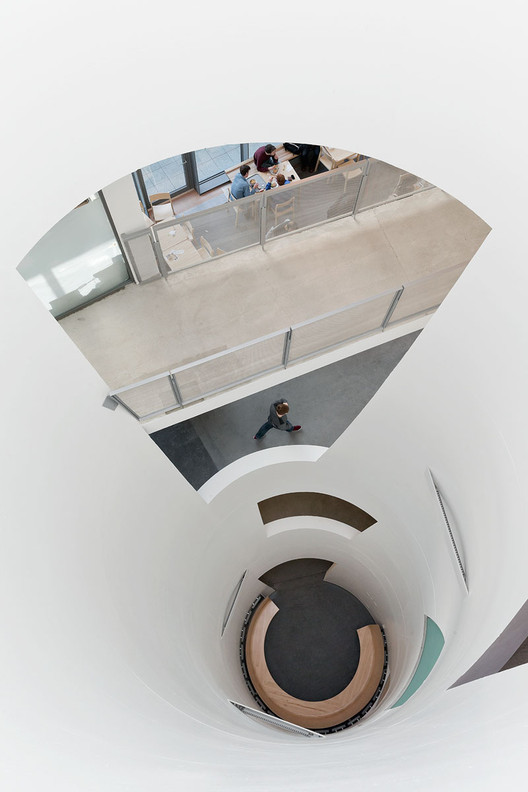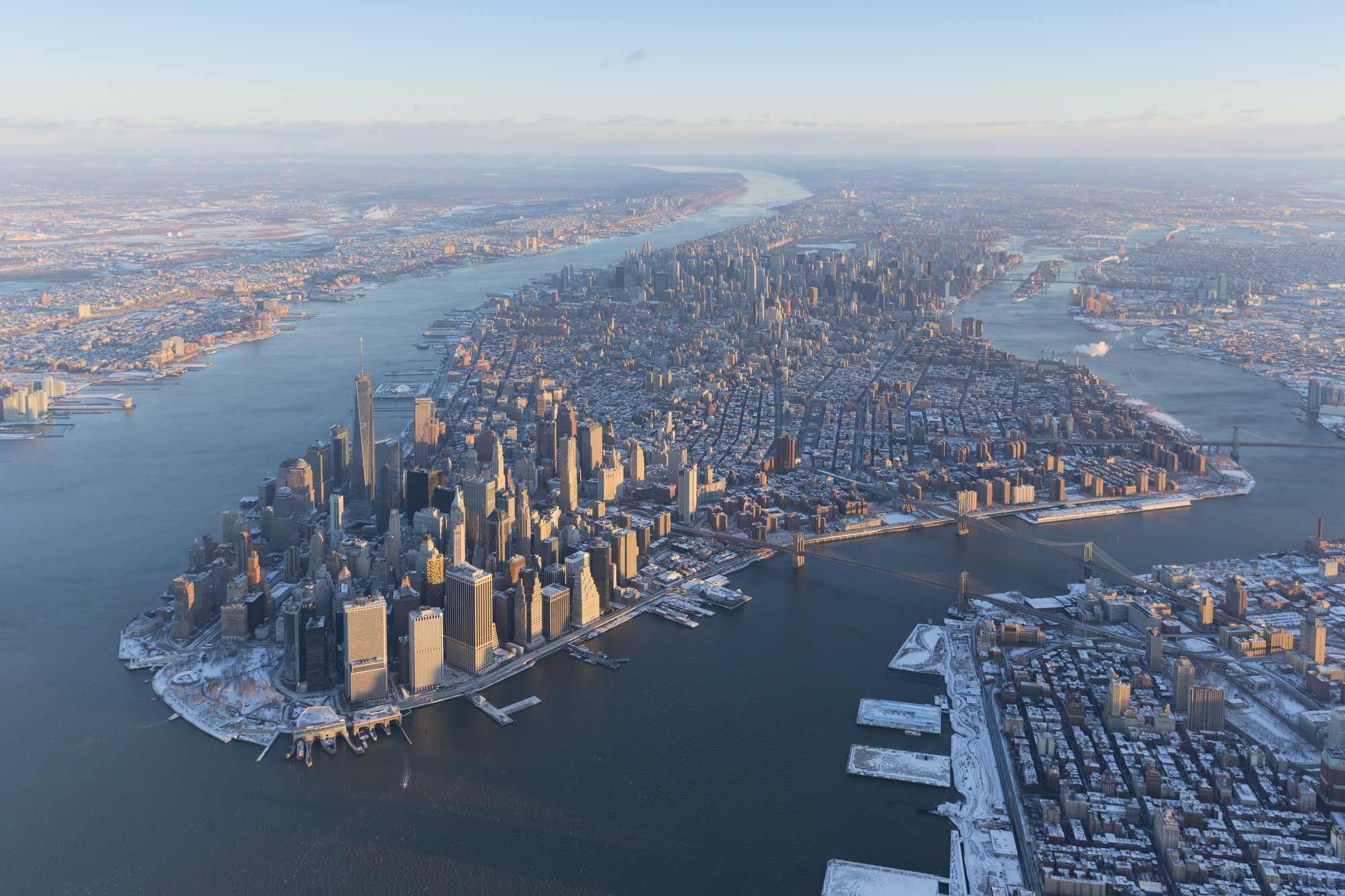
Cultured, one of the leading art, architecture and design magazines, has shared with us part of the 16-page photo essay “No Filter” by Iwan Baan that is being featured in its Winter Issue, on stands now. Enjoy!
If you pore endlessly over images of architecture the way we do, chances are you’ve been drooling over work captured by Iwan Baan. Though he’s adamant that he not be referred to as an “architectural photographer,” Baan has probably captured more buildings, pavilions, residences and just about every other structure in between than any other single lensman. Yet it is Baan’s background in documentary photography that most influences his work. “I choose my projects not so much for the architecture, but for its relationship with the city around it and how people respond to it,” says Baan. “I’m trying to tell the story of the built environment—the places where we live.” Here, Baan tells the story behind 11 projects completed this year, and two others that he has a personal connection to.
“I love great architecture that is very specific for its site and client, it’s for an architect always a dance between him, a site and a client. Here, Gehry was given complete freedom to design every detail, every nook and cranny of a building for Bernard Arnault to house his art collection.”
Read on for more quotes and images by the renowned Iwan Baan.

“What’s interesting here is that the BioMuseo is so unlike Gehry with its colors, built for a very low budget and sort of informal building quality which is inspired by Old Panama City. He’s created a focal point for the city. Just look at the way it stands out against the generic skyline of the new building boom that looms beyond it.”

“I always love to photograph for Heatherwick. All of his buildings have a personality. These greenhouses literally grow out of the building. It’s very unusual.”

“I’ve known Smiljan Radic for quite a while, but this is the first project of his that I’ve photographed. He created this seemingly fragile, ethereal pavilion that appears to be gently sitting like an eggshell on top of these heavy natural stones... There is a lot for visitors to discover there. I’m very interested in architecture like this, where there are hidden places for people to enjoy.”

“There are these huge light wells that crisscross the building, bringing the light in and creating these abstract light objects. If you poke your head through one of the openings, you understand how the building works.”

“Here, you can see what architecture can do in even the most remote places with the most limited funding. Here in the Turkana region of Kenya, with no other formal structures around it, this tiny clinic creates a kind of beacon in the desert. It’s used by the schools, the missions, visiting medical teams or anyone else who needs to rest in the shade of the desert around it.”

“These three large, shifted towers in Rotterdam became this abstract object in the city. It’s a gesture of an almost scaleless thing in this recognizable skyline, making it an incredible object to photograph.”

“This project had a very small footprint, but the building sort of grows out in all directions despite it... It’s great that these design students are surrounded by this kind of architectural space.”

“David Chipperfield built this museum out of natural stone. It’s almost animal-like, sitting in the middle of Plaza Carso in Mexico City, with so many other buildings around it which scream for attention. There is incredible detail and quality made specifically for the project.”

“Jun'ya Ishigami is one of my favorite young Japanese architects. He won the Golden Lion four years ago for Architecture as Air, which was a structure made of superthin wire that collapsed the day before the Biennale opened! For this kindergarten in Tokyo, he did the opposite with these large, heavy concrete clouds, meandering through the kindergarten where kids run and play hide-and-seek in between.”

“On a large generic block on the campus of the National Taiwan University in Taipei, Toyo Ito created a one-story building that is so detailed; such a specific piece of architecture. It’s this collection of mushroom-like irregular, almost natural structures, which create a roof over the building, and the spaces in between create the openings for the lights.”

“Lebanon has been on my list for a long time. I finally made it and visited the unfinished International Fair of Tripoli by Oscar Niemeyer. I found this pavilion very telling of Lebanon, a place where there is perpetual war and change. Development begins to take hold and then it’s thrown back and stands still for years.”

“This one is a part of my personal work about cities... which is a growing collection. I took this photograph after one of the huge snowstorms in New York because I wanted to capture the opposite image of the New York blackout I captured. A white-out.”
Text by Tali Jaffe, quotes and images by Iwan Baan, and all information courtesy of Cultured.











